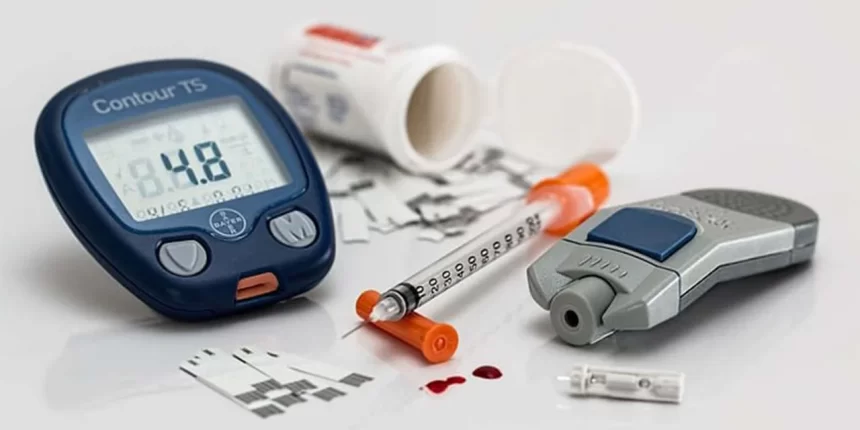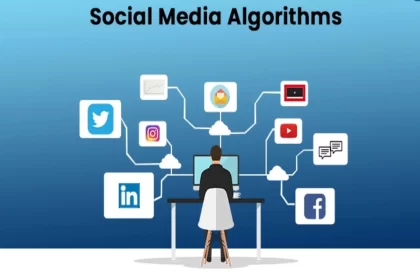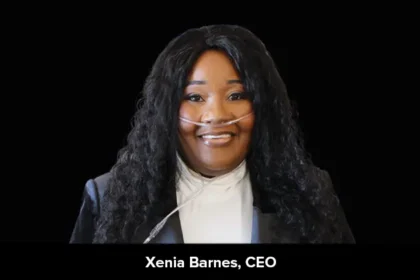The main focus for the next generation in the healthcare industry will be Mobile, Big Data, Cloud, and Social, which are considered the four pillars of IT. Gartner considers these four pillars the center of powers, and it is the central focus of the business for any technology vendor. Let us look at the four foundations and apply them to the healthcare environment.
Mobile: We are embarking on an era in which consumers rely as a portable computer on mobile devices. Every other industry uses their mobile devices to provide a platform for user interaction. When was the last time you went to a bank to deposit your check? When was the last time you went into the office of a travel agent to book a flight? The growing market focuses on delivering customer service with the use of mobile apps, and healthcare is trying to catch up. The modern generation of customers prefers seeing a doctor on their mobile devices, remotely and if possible. Doctors and physicians would need to have access to critical patient information on demand and ideally through a mobile device. We are moving into an era of “Mobile Only” where people start a task on a single mobile device and likely complete the task on a separate mobile device so that every professional need to start thinking about providing the framework to enable that experience.
Big Data: Big Data is the new buzzword, and healthcare is one of the best ways to use Big Data for problem-solving. Let’s step back and talk about the conventional way a hospital works. It used to be a game of numbers where the hospital tries to keep their beds filled with as many patients as possible. A high census for patients translates into profits. With the current regulatory standards and payment models, it is suspected that hospital management’s potential strategy is to keep patients away from going to the hospital and to include incentives for preventive medicine to keep healthcare costs small. It is here that Big Data will come into action. Various types of data may be used to forecast the clinical outcome or, better yet, to predict a patient’s actions and to help give the patient knowledge to lead a healthy lifestyle. The coordination and exchange of expertise between hospitals, insurance providers, pharmaceuticals, and other areas enable the vertical healthcare to provide relevant information to minimize overall healthcare costs and enhance the quality of healthcare for the people.
Social Media: Social media is one field that can make tremendous use of healthcare. It is a fantastic asset internally within the organization and externally for the rest of the world. It can be a morale booster for a company if used correctly by rising employee engagement. Healthcare companies can completely distinguish them if they use the Social and Big Data combination. Working to maintain public wellbeing and keep people out of the hospital is an excellent example of this. One aspect that would be useful is to track potential patients’ social interactions and interfere to help customers make the right informed decision. Social networking is also about the part of the market that has not been accepted by healthcare, and we need to start approaching the patients as a client and delivering the essential services from other verticals out there.
Cloud: Moving to the cloud has dual advantages. It has proved to be helpful for both health care providers and patients, respectively. On the business side, cloud computing has proved to be effective in reducing operating costs while allowing providers to provide customized, high-quality care. The patients, who are becoming increasingly accustomed to receiving services immediately, are also having the same promptness from the health sector to benefit. Cloud also amplifies patient involvement in their own health plans by providing them access to their personal health care data, contributing to better patient outcomes. The democratization of healthcare data and their electronic accessibility is opening up providers as well as patients and breaking down barriers to location restricting access to healthcare.










